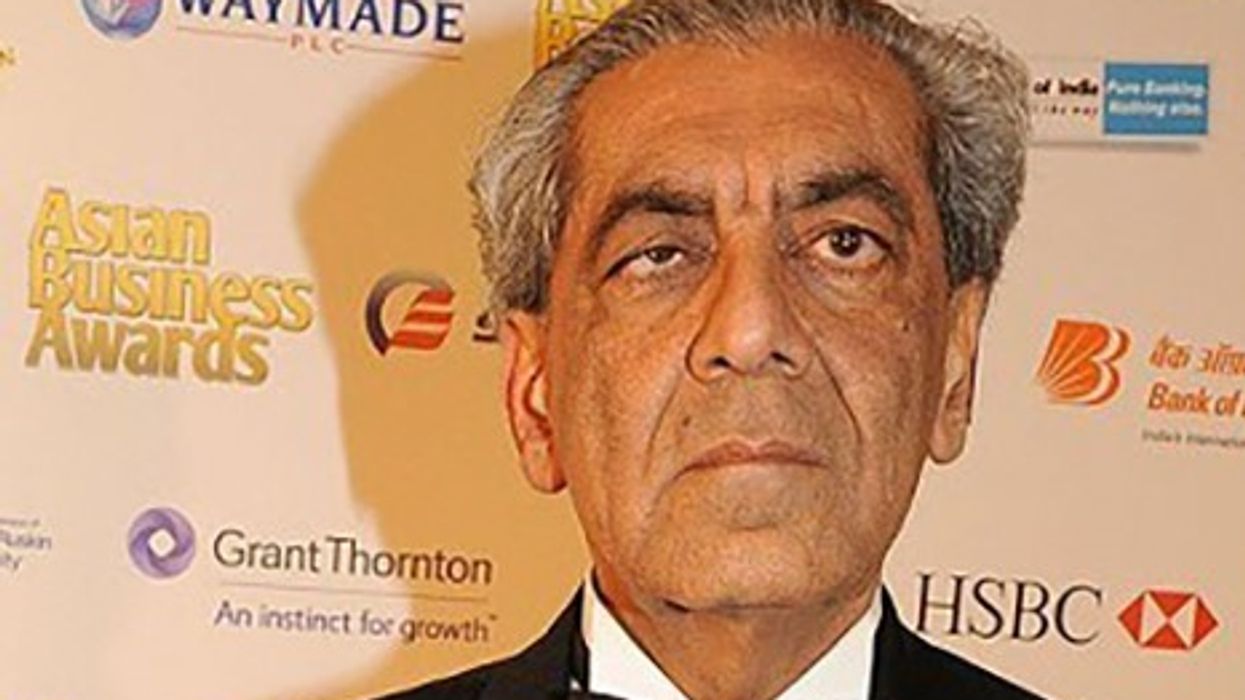By Bharat Pankhania
Senior clinical lecturer at University of Exeter Medical SchoolTHE coronavirus crisis in India has suddenly brought to the world’s attention to the basic biology of the SARSCOV-2 virus, and its ability to do what it was always able to do.
The euphoria in the months of February and March 2021 – with the remarkable low case numbers in India – has been replaced with a phenomenal surge in coronavirus infections.
There are important lessons here – the basic biology and science of infections cannot be overridden by mathematical models and, of course, pressure from business and politics.
India started to believe it had conquered the SARS-COV-2 virus and in its euphoria, there was a dropping of the guard; and furthermore, relaxing on forward planning for a potential return. There was a false, unscientific belief that for some reason, Indians had special additional immunity and they were therefore not getting infected. It became a case of “India is back in business”.
The modelling has got it catastrophically wrong. It did not account for the panic, human behaviour, and exponential surge in demand for clinical care, medication, and oxygen. Some of this was panic, some the unnecessary use of oxygen and the result is a dire shortage of all healthcare facilities.
The modelling, together with that false sense that India has conquered the virus, empowered local and national politicians to allow mass gatherings of people. As the SARS[1]COV-2 is a human-to human spread of infection, it seeded a large number of people with the infection and the rest is the exponential rise in case numbers.
Going forward this is a 10-point plan for India:
1.An extensive lockdown and prevention strategy – this is needed to control the exponential rise in case numbers.
2. The mantra must be, ‘don’t get infected, don’t infect others’.
3. Setting up many field hospitals – there is economy of scale in being better able to manage Covid-19 cases in large field hospitals.
4. Doctors and health[1]care workers must train suitable people to look after patients in the field hospitals.
5. A triage system. With Indians panicked, they are all demanding medical consultations and interventions. In fact, very few people – about five per cent – need medical interventions and thus a triage system will ease pressure on the healthcare system.
6. Stop the excessive use of expensive and unnecessary investigations. There is no need to routinely ask for MRI scans and extensive blood tests.
7. Stop excessive use of steroids, other immune suppressant drugs, hydroxy chloroquine, Ivermectin and Remdesivir
8.Get your diabetes and other illnesses under better control.
9. As soon as vaccines are available, people must get immunised.
10. I am not convinced about the home remedies and Ayurveda medicines working and hence I cannot advocate its use as a cure or prevention for Covid.
If any good is to come from this terrible experience for India and Indians, it is that the country has underinvested in its healthcare system for more than 70 years. It is mostly privately run and difficult to monitor and does not serve the patients well. There is over medication, over investigation and too many vested interests in preserving these arrangements. It is costing the poor a lot of money and delivering poor value for them.
A new modern national health service is an urgent need for India. The system, which should be adequately funded and run with the interests of the patients in mind, instead of the interests of the private suppliers of medical care, will be of much benefit to the nation. It is very much overdue, and I hope Indians will demand of their leaders a better healthcare system.





 Birmingham’s basic services are collapsing as council mismanagement leaves city flooded and filthy West Midlands Fire Service
Birmingham’s basic services are collapsing as council mismanagement leaves city flooded and filthy West Midlands Fire Service 







Bharat Pankhania: India needs a new national healthcare service